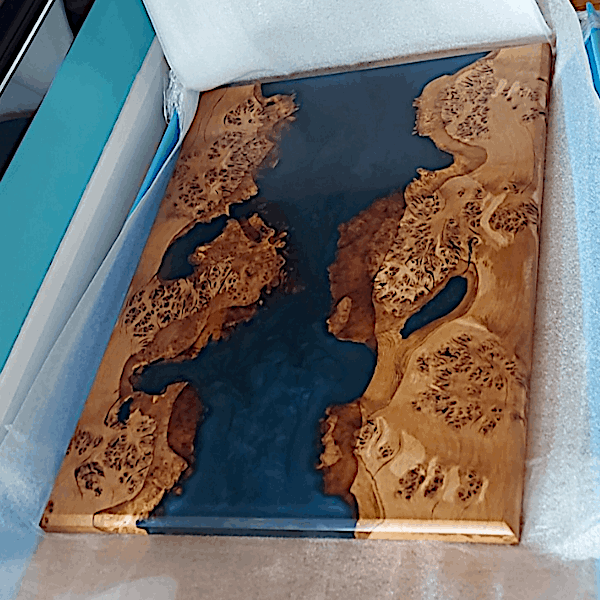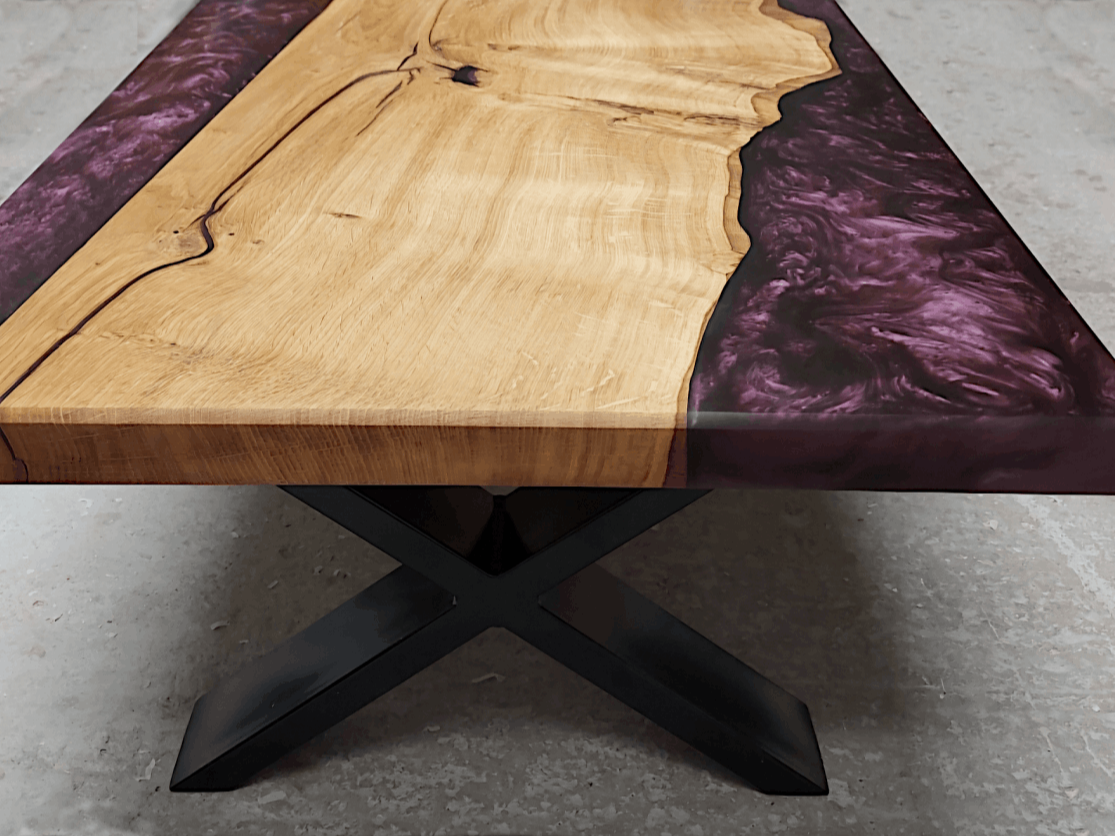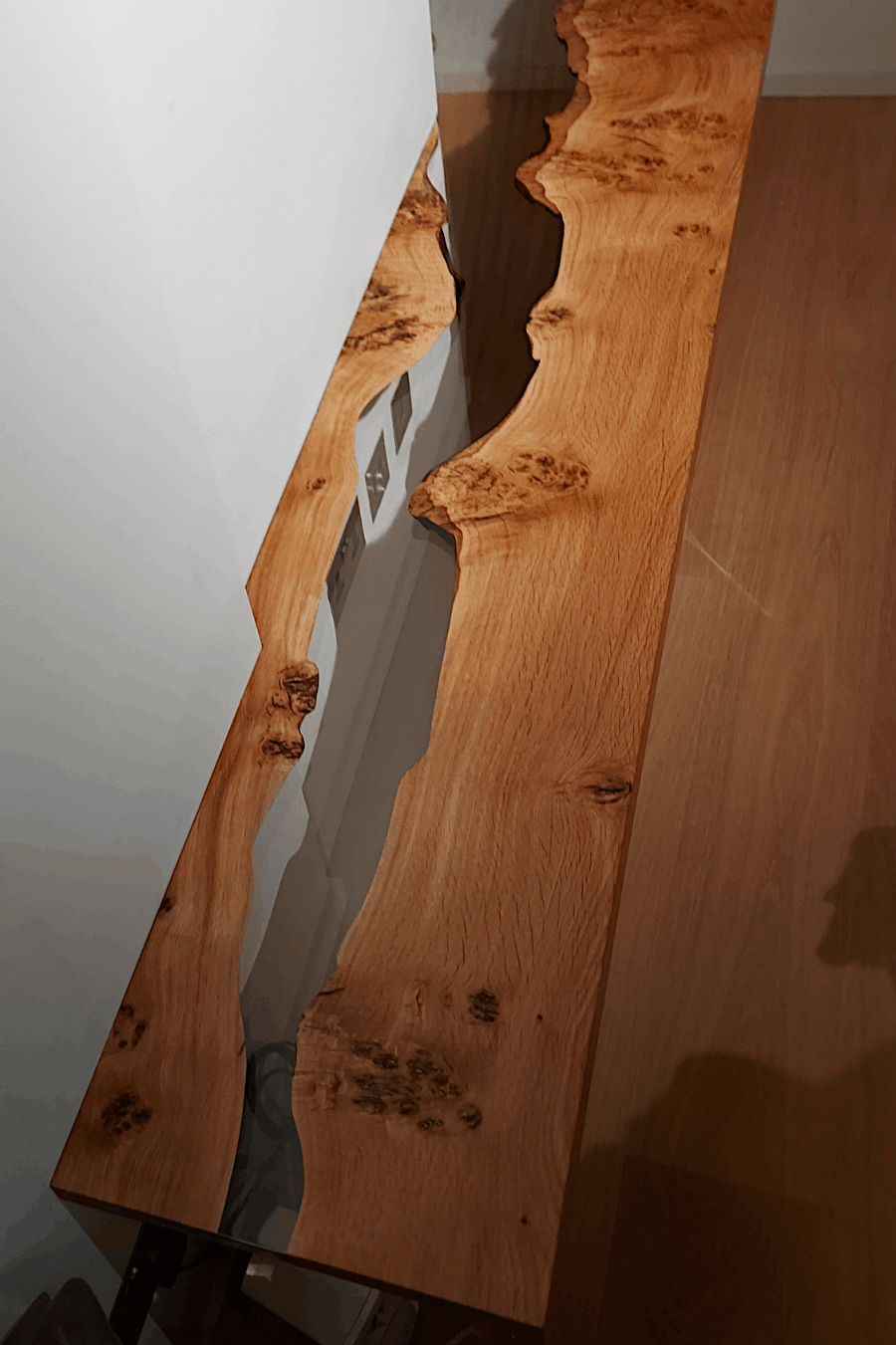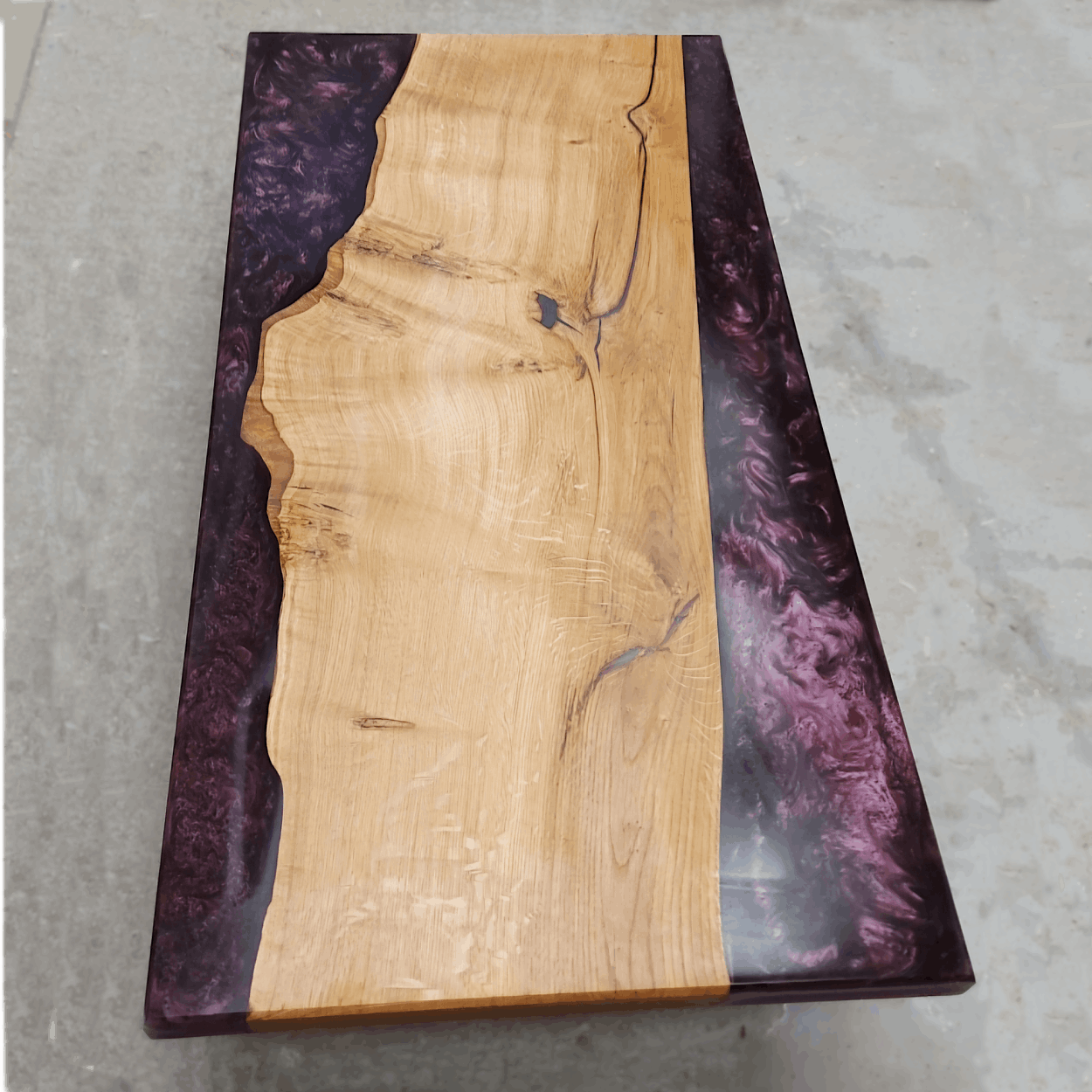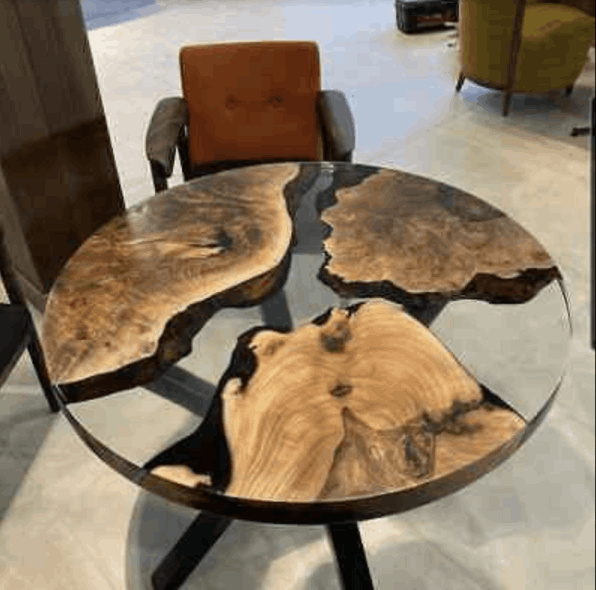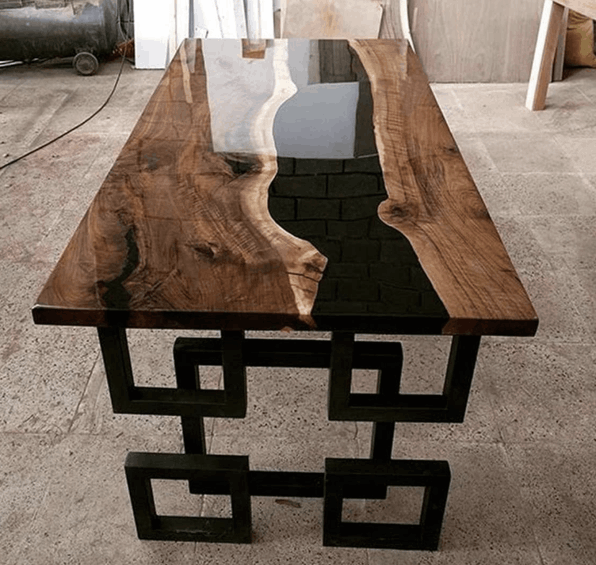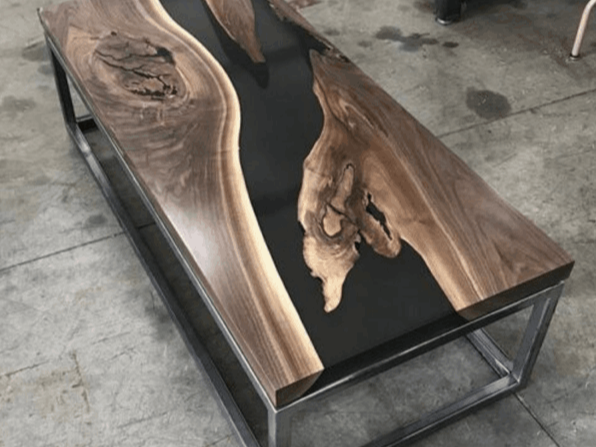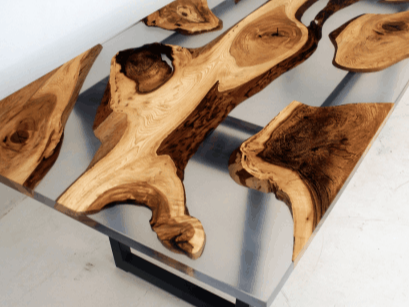
Epoxy Furniture
Where artistry meets durability. PSBI’s Epoxy Resin Furniture merges cutting-edge design with rugged resilience to produce stunning, conversation-starting pieces. Imagine sleek tables with swirling rivers of colour, glossy countertops that mimic natural landscapes, or vibrant shelving that doubles as sculpture. Our mastery of epoxy resin ensures each creation is not only visually captivating but built to withstand daily life. Redefine modern interiors with furniture that’s as bold and unique as you are.
